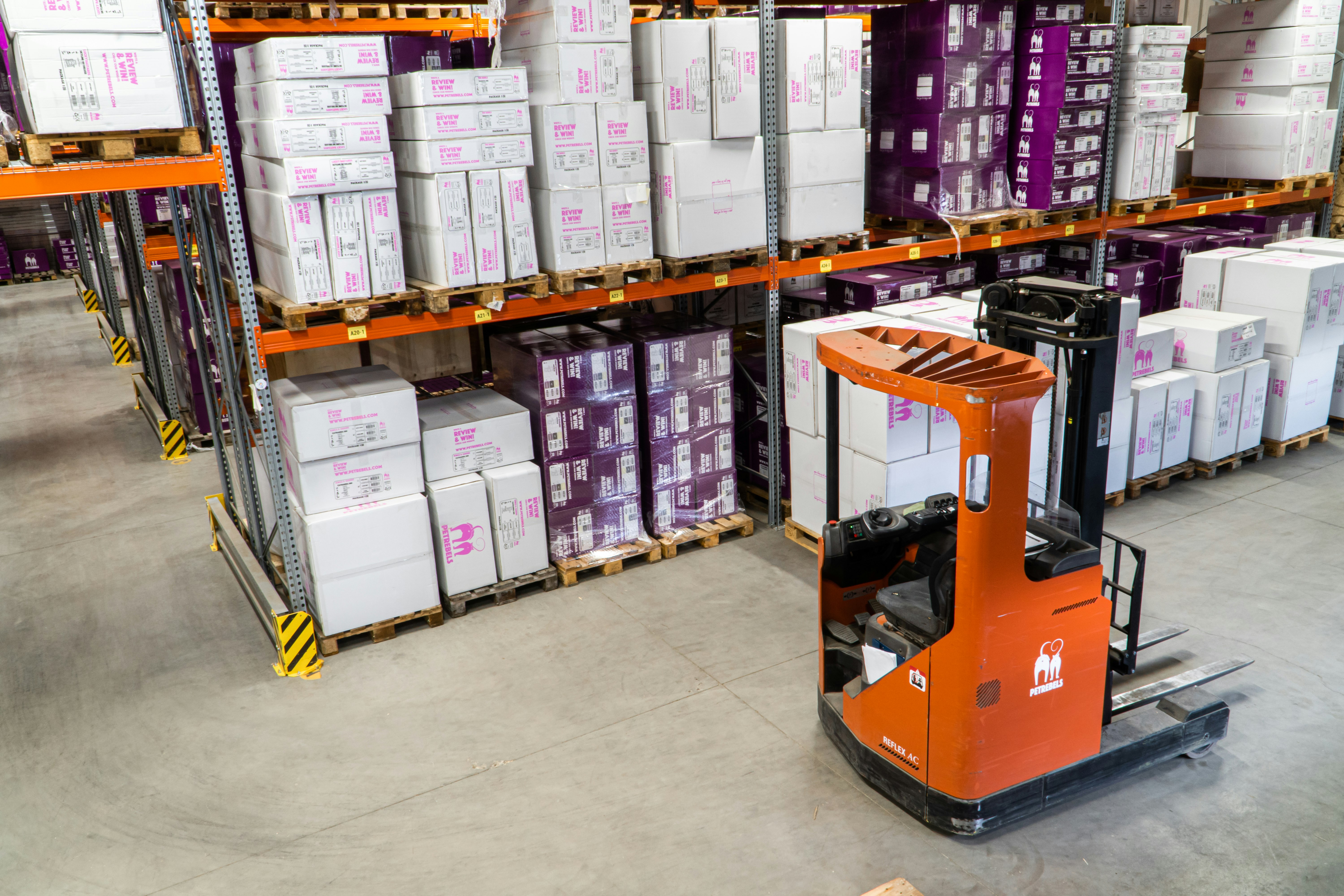EDI requirements may be rigid but they change frequently so there’s some reason to believe that there is in fact, flexibility within the order process. But getting the details wrong causes errors and costs money. How will this tight connection fare in the age of what’s called ‘Industry 4.0’ as new technologies are brought into the mix? Is it possible that the long-standing EDI format will be replaced by directly connected machines (IoT) that avoid the details of creating and processing orders? Or will the deeply embedded format keep business at a slower pace than might be possible if things changed?
Industry 4.0
Internet of Things (IoT) is impacting manufacturing, shipping, warehousing, delivery, and even customer support by adding smart devices to things that have traditionally been, well… dumb. Dumb in the sense that they don’t communicate or have any way to sense their surroundings. That’s changing rapidly as we approach the widely touted 50 billion IoT devices expected to populate the earth by 2020. Whether any particular company wants to move toward these automated pipelines is as moot as those who declared they were not abiding by Walmart’s demand to implement EDI years ago.
Manufacturing facilities around the globe are adding smarts to their machinery or replacing old machines with newer and smarter ones that can go beyond the basics of their intended functions. They are attached wirelessly directly to their company’s management and ERP systems and communicate their current status. They take instructions about manufacturing conditions to adjust their speed and can even sense variations in the materials they work with and adjust their actions to create products that meet required specifications.
The data passed between those machines and the systems that control them amount to magnitudes of data that never existed meaning that traditional manufacturing facilities that operated manually and on a completely analog basis are becoming digital factories. The data itself presents both issues and opportunities for every point along the supply chain because it’s now possible for the end customer to be aware of the status of the product they expect to purchase, and for the manufacturing machine to know how many units it needs to build to meet demand.
Flexibility stretched
Every participant in the supply chain is being armed with more data than they have ever encountered. Their first challenge is to collect and store it; in itself a mundane IT task of managing storage and connectivity. But what is done with that accumulated data as it passes along the chain is what will define the next generation manufacturer, transport company, retailer, and even the end customer. Those that devote the time and resources to understanding, then imagining how Supply Chain 4.0 will look.




















 Transacting business in the supply chain generally means communicating orders via EDI formatted files or some other equally rigid set of rules. The reasons are easy to understand; order times are critical and specifications for orders are complex so their formats need to adhere to formats that can be instantly read by computerized systems.
Transacting business in the supply chain generally means communicating orders via EDI formatted files or some other equally rigid set of rules. The reasons are easy to understand; order times are critical and specifications for orders are complex so their formats need to adhere to formats that can be instantly read by computerized systems.